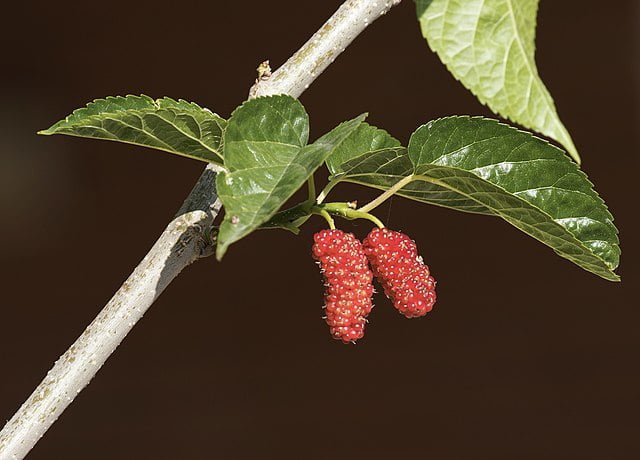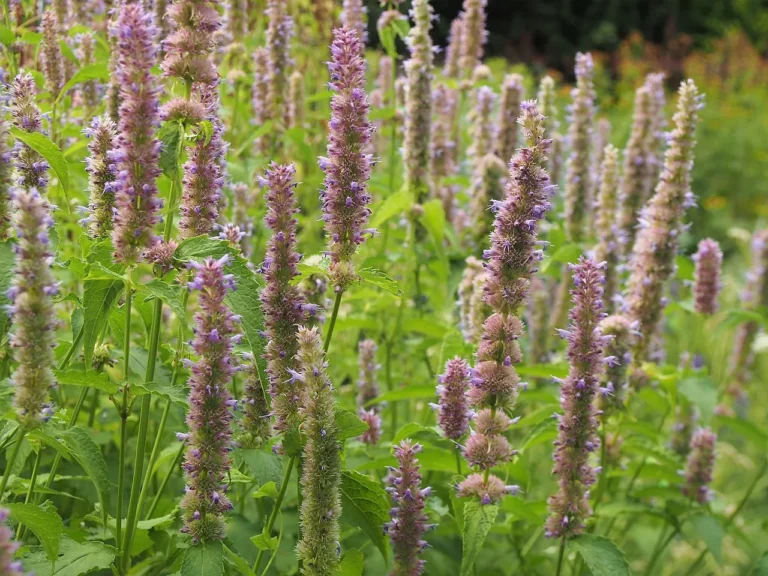Marvelous Mulberries: How to Grow Mulberry Trees
Mulberry trees, known for their sweet-tart fruits and easy-to-grow nature, are an excellent addition to your home garden. This guide will walk you through the process of growing and caring for mulberry trees.
Choosing Your Mulberry Variety
Commonly grown varieties of mulberry include red mulberry, white mulberry, and black mulberry. Your choice will depend on your personal taste preference and local climate, with red mulberries being the hardiest.
Planting Mulberries
- When to Plant: Mulberry trees are best planted in late winter or early spring.
- Where to Plant: Choose a sunny spot with ample space, as mulberry trees can become quite large.
- How to Plant: Plant bare-root or potted trees in a hole twice as wide and as deep as the root ball, making sure the top of the root ball is level with the soil surface.
Caring for Your Mulberry Tree
- Watering: Mulberry trees need regular watering, particularly in the first few years and during dry spells.
- Feeding: Mulberries generally don’t require heavy feeding. An annual application of a balanced fertilizer should suffice.
- Pruning: Prune in late winter to maintain shape and remove dead or diseased branches.
Harvesting and Storing Mulberries
- When to Harvest: Mulberries are typically ready to harvest in late spring to early summer. The berries will fall from the tree when ripe.
- How to Store: Mulberries are fragile and perish quickly. Store in the refrigerator and consume within a few days, or freeze for longer storage.
With their delightful fruits and shade-providing canopy, mulberry trees can be a delightful addition to your home garden.






